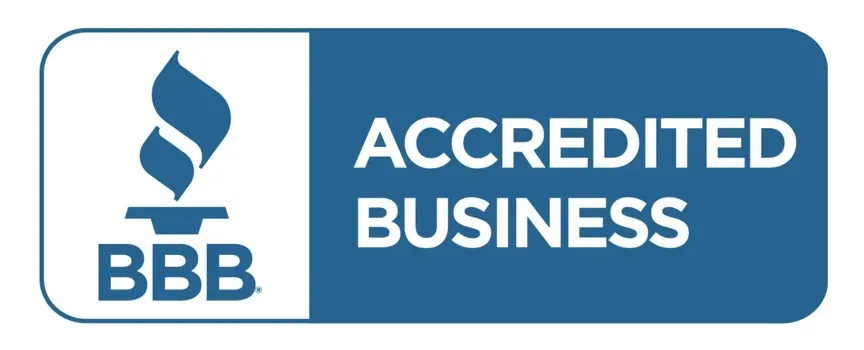Popcorn Ceiling Removal
Most older homes have had popcorn ceilings at one point or another. Does yours still have it? If you’re considering popcorn ceiling removal or are interested in doing it yourself, here’s everything you need to know about it. Ready to make your home feel more modern?
What are popcorn ceilings?
You’re probably familiar with this textured finish in ceilings and sometimes walls: it gives the surface a rough look similar to cottage cheese. While the origin of popcorn ceilings is somewhat of a mystery, it was common because it was a cost-effective way to finish surfaces. Instead of spending hours smoothing the plaster, the textured ceiling hides imperfections and is done in a few hours.
Popcorn ceiling is the result of small particles within the plaster. Over the years, vermiculite, Styrofoam or even cardboard were used to create the bumpy look. The popcorn ceiling craze reached its peak in the 70s: on top of being budget-friendly, it was an “original look”, which most buyers really liked. This meant that almost all houses built or renovated around that time had some form of textured ceiling. If you have it, it’ll take visitors down memory lane!
Personally, we’re not big fans of the look. But if you’re on the fence about removing yours, here are the top reasons why our clients have chosen against keeping their popcorn ceilings:
Popcorn ceilings are a dust trap
The main feature of popcorn ceilings is its texture. But the rough surface also means a multitude of nooks and crannies where dust and dirt can (and will) settle. The dust will gather in the small spaces, and most dusters won’t be able to remove it. Many of our clients have resorted to vacuuming their ceilings, which is a lot of extra work.
The crater-like surface is also very attractive to spiders. You’ll probably find plenty of cobwebs as soon as you stop dusting and cleaning every couple of days. What we really don’t like is that while “removing” the cobwebs, they just get trapped in the texture and it all looks even dirtier.
Not good news for allergic folks!
Maintenance and patching are almost impossible
Because of the materials used, popcorn ceilings are very sensitive to water. This finish will start disintegrating as soon as the humidity in a room goes above a certain level, particularly if you have a leak in the upper floors. This means that if your popcorn ceiling starts “flaking” and spreading white dust, it’s very difficult to fix without replacing it.
Besides this, if you have to open the ceiling to work on anything or it gets damaged, patching up the area is pretty much impossible. Unfortunately, you can’t really patch up popcorn ceilings without redoing the whole ceiling to match. This is expensive and more time-consuming than just removing it altogether!
Popcorn ceilings are dated
Popcorn ceilings were all the rage in the 70s and 80s… and everyone remembers it. Even if you have a modern style throughout the rest of your home, having popcorn ceilings will immediately take your décor back a couple decades.
Flat ceilings give your house a contemporary, fresh feel that no textured ceiling will ever achieve.
The room looks darker
Remember the small nooks that are the main feature of popcorn ceilings? They also cast small shadows, creating the illusion of a smaller space. While in some homes a few visual inches might not affect the overall feel of the room, this isn’t always the case. If you have rooms that are already dark, it’s important to avoid textures and finishes that make the space look even darker. The same thing goes for rooms with a low ceiling: texture will make the ceiling feel even closer. By removing the texture you’ll gain around an inch of height, but visually it will feel the entire space has opened up.
Removing popcorn ceilings increases your home’s value
Today, having popcorn ceilings immediately lowers your home value. If you’re planning on selling your home or would like it to remain competitive in the market, removing your textured ceiling is a great first step.
The size of your home factors in as well.
Bigger homes at a higher price point generally need to look more “move-in ready” than smaller homes. If you want to sell a larger house, having popcorn ceilings removed could add up to 35k in value. This is way more than what would be invested in removal.
Popcorn ceilings could have asbestos
Not only do popcorn ceilings look old, they also follow outdated safety regulations. In fact, many ceilings built in the 80s or before often have materials with asbestos in it. When broken up and inhaled, asbestos can be really dangerous and damage the respiratory system. Overtime, this can lead to a chronic condition called asbestosis, as well as a higher risk of cancer. The main issue is that popcorn ceilings tend to be delicate so they are more likely to release dust around the house.
To avoid safety concerns and keep your loved ones safe, we recommend having a professional team to test and remove old popcorn ceilings. It’s the best option to ensure no toxic dust is released into your home.

Should you try to remove your popcorn?
Removing popcorn ceilings is a very messy job: it will spread white dust and probably some water everywhere. In our experience, it’s best to remove popcorn ceilings after taking out all furniture (if possible), but before interior painting or floor replacement.
Could you do it yourself? Technically yes, but it isn’t recommended.
In general, popcorn ceiling removal should be left to a professional paint company because it’s a messy, long and physically demanding job. For example, just to get started, you’ll have to either empty the entire room or cover all furniture with plastic. Then, you’ll have to moisten the ceiling to be able to scrape it off section by section. Of course, all of this has to be done either on a ladder or a stool, with your arms above your head.
Of course, you should also test for asbestos before attempting any removal by yourself. If your ceiling tests positive, you’ll have to hire an asbestos abatement contractor to remove it.
Finally, one of the most common issues that complicate DIY popcorn ceiling removal is paint. If your ceiling was painted, soaking the texture with water will likely do nothing and the texture will stay out. With painted popcorn ceiling, removal involves intense scraping to get rid of the particles. It’s best to have the pros take care of it.
Island Accents painting is proud to offer popcorn removal services to our clients.
Call 352-610-3869 today to set up your appointment for a free, no obligation quote.

